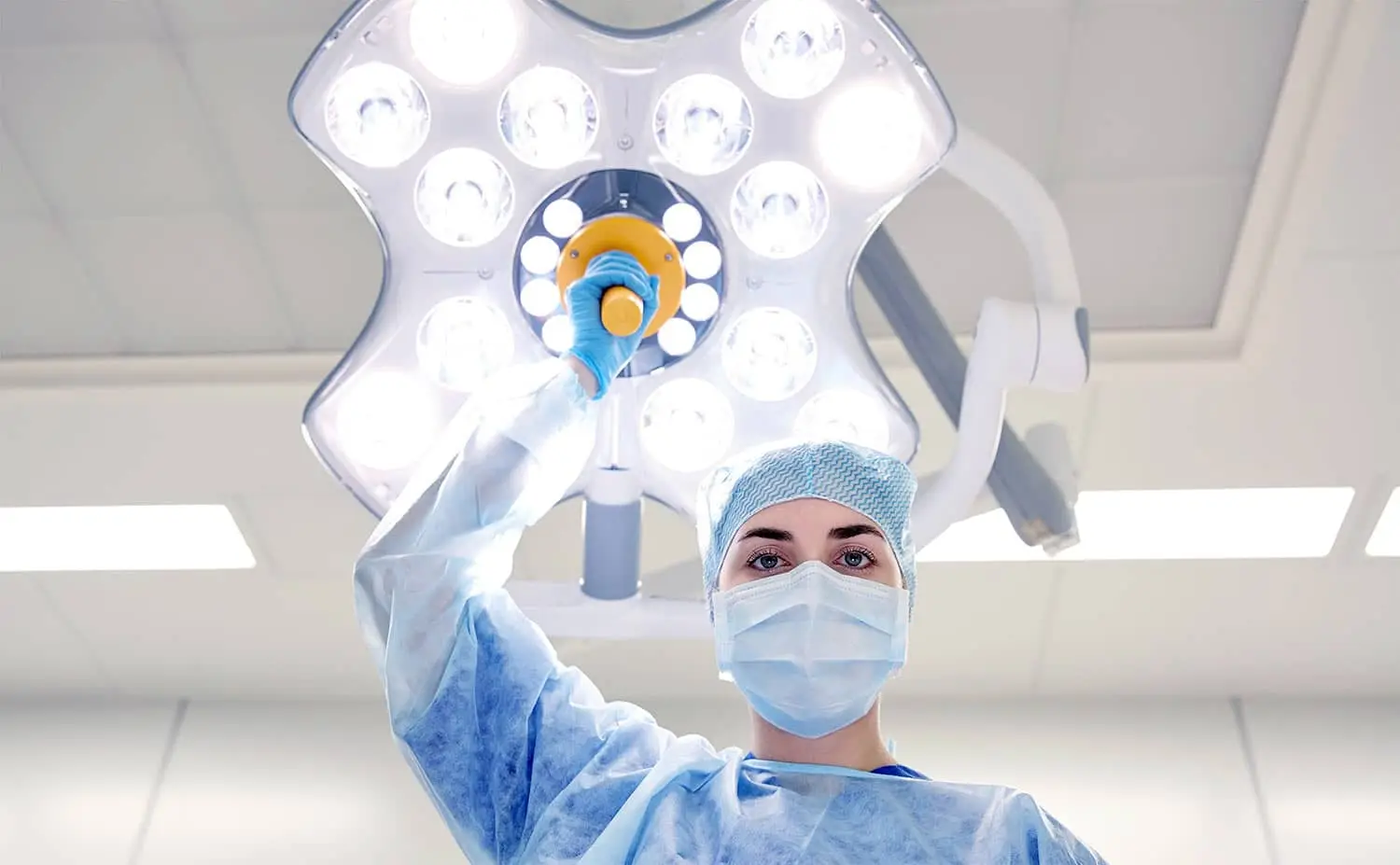Endereço
304 North Cardinal St.
Dorchester Center, MA 02124
Horas de trabalho
Segunda a sexta: 7h00 - 19h00
Fim de semana: 10h - 17h
Endereço
304 North Cardinal St.
Dorchester Center, MA 02124
Horas de trabalho
Segunda a sexta: 7h00 - 19h00
Fim de semana: 10h - 17h

In the realm of modern healthcare, ECG (electrocardiogram) machines play a pivotal role in diagnosing and monitoring cardiac conditions. These devices are essential tools that healthcare providers rely on daily to assess the electrical activity of the heart, aiding in the detection of arrhythmias, ischemic heart disease, and other cardiovascular issues. This blog explores the significance of ECG machines, their technical components, applications in clinical settings, and their profound impact on patient care and outcomes.

In the realm of modern healthcare, ECG (electrocardiogram) machines play a pivotal role in diagnosing and monitoring cardiac conditions. These devices are essential tools that healthcare providers rely on daily to assess the electrical activity of the heart, aiding in the detection of arrhythmias, ischemic heart disease, and other cardiovascular issues. This blog explores the significance of ECG machines, their technical components, applications in clinical settings, and their profound impact on patient care and outcomes.
An ECG machine is a medical device designed to record the electrical activity of the heart. It does this by measuring the voltage changes occurring on the skin due to the heart’s electrical activity. The machine detects these electrical impulses from multiple points on the body’s surface, typically using electrodes placed strategically on the chest, arms, and legs. These electrodes are connected to the ECG machine, which processes the signals, amplifies them, and converts them into a graphical representation known as an ECG waveform.
ECG machines consist of several key components that work together to produce accurate and meaningful results:
ECG machines have numerous applications in clinical practice:
The role of ECG machines in cardiac diagnostics is pivotal for several reasons:
Numerous studies highlight the effectiveness of ECG machines in improving patient outcomes:
ECG machines are indispensable tools in cardiac diagnostics, aiding healthcare providers in diagnosing, monitoring, and treating various heart conditions. Their ability to accurately capture and interpret the heart’s electrical activity contributes significantly to patient care and outcomes. As technology continues to advance, ECG machines evolve, becoming more sophisticated and accessible, further enhancing their role in modern medicine.
Q: How long does an ECG test take?
A:A standard ECG test usually takes about 5 to 10 minutes, depending on the complexity and the patient’s condition.
Q: Are there different types of ECG tests?
A:Yes, various types of ECG tests include resting ECG, stress ECG (exercise ECG), and ambulatory ECG (Holter monitor). Each type serves different diagnostic purposes based on the patient’s symptoms and clinical presentation.
P: Com que frequência devo ECG tests be performed?
A:The frequency of ECG testing depends on the patient’s medical history, risk factors, and symptoms. For individuals with known heart conditions, regular monitoring may be necessary, whereas for asymptomatic patients, periodic screenings may suffice.